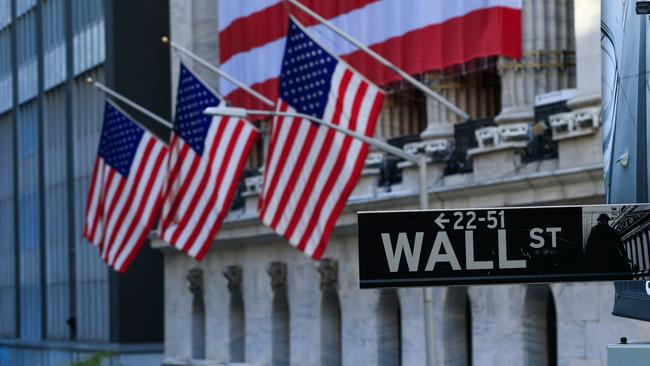After some good news, five things investors must watch out for now
Australia is well placed in an improved outlook for shares but dangers remain.

The global recession caused by COVID-19 began with an exceptionally quick and steep decline in economic activity and a huge loss of jobs. Sentiment turned extremely negative. In February and March many people feared a deep and long-lasting recession, even a depression. Anyone holding shares or property was warned to expect big and sustained losses.
But in recent weeks the conditions have changed: there’s been some good news.
Almost 10 months on, the individual and economy-wide pain, disruption and uncertainty brought on by the pandemic are obvious. However, with the huge easing in fiscal and monetary policies, the impact on the global economy and investment returns has been less severe than initially expected. Indeed, the global index of share prices has moved up markedly from its March low point; and some countries, Australia included, are now growing out of recession.
But there are many worries still. The recent increases in infection rates in the US, Europe and many developing countries show the grip of COVID-19 is still tight — and are a reminder of how uncertain the future course the pandemic is. Last week’s promising news about a vaccine is highly encouraging, but much further work is required.
Another concern for investors is that, even when Joe Biden replaces Donald Trump, relations between China and the US could remain tense, disrupting the global recovery. And China may well continue limiting Australian exports, as it has for barley, wine, sugar, copper, steaming coal and tourism.
Many savers have experienced severe declines in their income as interest rates have fallen in recent years; rates earned on cash and term deposits are now close to zero, with little chance of being raised for a long time. And with bond yields at historically low levels — and below the skinny rates of inflation most countries are experiencing — bond returns may well disappoint investors.
I think there are five things investors need to keep a close watch on:
● First, what’s in prospect for the number of new cases of the virus.
For some time, I’ve shared the view of my colleague, Ashley Owen, that until an effective vaccine or cure is discovered and mass-produced, “the base case for markets is for continued waves of virus breakouts, followed by lockdowns, and then stimulus measures to counter the economic damage from the lockdowns”. New waves of infection would delay global economic recovery; containment, especially by way of a vaccine, would speed it up.
● There’s a reasonable prospect that the global recession, measured in GDP, will end in the first half of 2021 — earlier than is generally expected. For Australian investors, the most important economies are the US, China and our own.
In all three countries, GDP is expanding again (China since the June quarter and the other two since the three months to September).
Job numbers have also begun to improve, though in the US and Australia mainly because of job support programs, and underemployment remains high. Despite the many predictions the COVID-19 recession would take the shape of a U, a W, or an L, GDP in the US will likely trace a course that’s a very deep V.
● Fiscal policy is highly stimulatory around the world, and is likely to remain so for quite a while, underpinning at least a modest recovery in the global economy.
The advice John Maynard Keynes offered in the 1930s — that a big fiscal easing is powerful in raising economic activity in a zero inflation world — is again valid today. In Australia, there are concerns of a “fiscal cliff” in March when the current JobKeeper and JobSeeker programs are scheduled to end; my guess is job support will be retained in some form.
● Financial conditions are highly stimulative. Both the US and Australian central banks are targeting official cash rates at near-zero levels and have committed to large-scale programs of bond purchases. Both central banks say their monetary policy won’t be tightened for a couple of years. What would happen, might I ask, if an effective vaccine is soon available, and the pace of economic recovery speeds up?
● Despite what the many naysayers tell us, Australia can expect a faster recovery than most other countries. That’s because our infection rates are now negligible and our fiscal and monetary stimulus is huge.
On the latter point, I concur with the apt summary of Fidelity Australia’s Kate Howitt: “We have the benefit of good economic management in the past, which means we went into (the global recession) with a clean sovereign balance sheet and a close to balanced budget (giving us) more room to manoeuvre”.
Don Stammer is an adviser to Stanford Brown Financial Advisers. The views expressed are his alone.





To join the conversation, please log in. Don't have an account? Register
Join the conversation, you are commenting as Logout